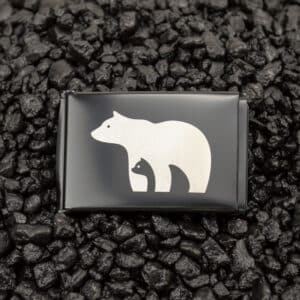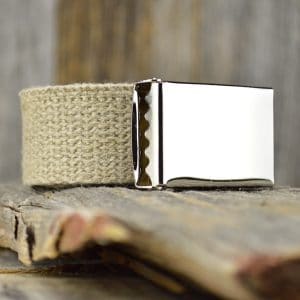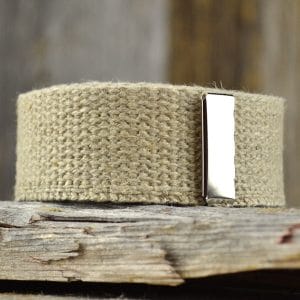Announced in 1759, the Collection of Boards on Sciences, the liberal arts and the mechanical arts with their explanation, intended to illustrate the Encyclopedia of Diderot and D’Alembert, began to appear, for the satisfaction of its approximately four thousand subscribers, in January 1762. Initially planned in two volumes, it finally counted no less than eleven, the publication was completed in 1772, seventeen years before the taken from the Bastille, fifty years before the opening of the first railway line in England. These volumes of boards “will not be the least interesting part of the book,” promised Diderot, as early as 1750. The promise was kept and, even today, the plates of the Encyclopedia continue to inspire admiration.(…) For Diderot, the mechanical arts are in no way inferior to the liberal arts, nor, we would say today, the technique to science. “What proof of mathematics is more complicated than the mechanism of some clocks? ” he asks. The Compendium of Boards illustrates this point of view well: there is a complete panorama of trades and technology before the industrial revolution of the end of the century.


The first board presents all sorts of interesting details about the work of hemp, a plant fiber that was very important in the 18th century. Hemp is sun-dried and then put to retting, that is, macerated in a pond, river or retting tank. Whether it is running water or stagnant water, it must contain the micro-organisms essential for this operation and especially the felsineus. Men cover the hemp with planks and stones to keep it at the bottom of the water. In a hut, hemp is put to dry on a rack over a fire. A woman separates the fibers from their shaft. A worker goes from hemp to the grader, a kind of comb used to break down the grains that still adhere. Another breaks the rods between the jaws of the grind to detach the tow. Another beats the stems held in the notch of an easel, using a bat called swordfish. The bottom of the board shows various instruments used during the operations described above: a stump (9), a grind (11) and a swordfish (15) with two models of easel (12, 13).
Second board: workshop of the combers with, below, combs of different sizes, a scrubber and an iron to refine the fibers. To achieve satisfactory results, the work of hemp required a solid experience. The essential steps were retting to remove gummy substances that adhere to the fibers, the ditch (to grind) used to separate the wood fiber and the drying on which the color of the hemp depended.















